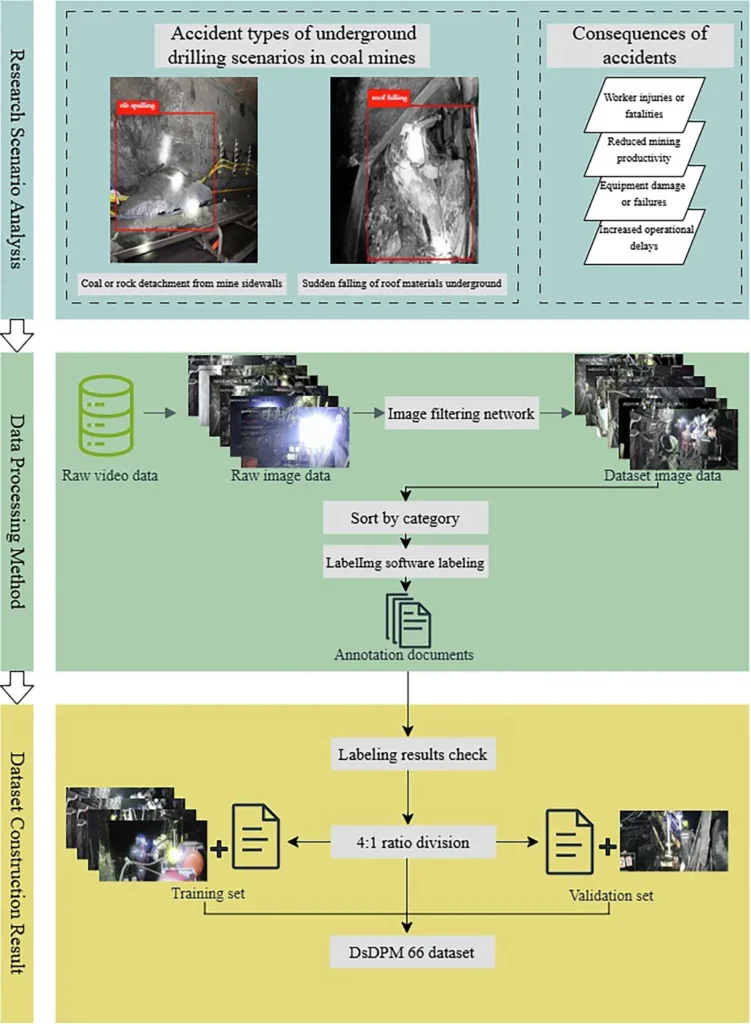In the shadowy, dust-choked depths of coal mines, where artificial lights cast uneven glares and suspended coal dust dims visibility, a breakthrough in image enhancement technology is set to illuminate the path toward safer and more intelligent mining operations. Researchers, led by Meng Zhao from the School of Electrical and Automation Engineering at Shandong University of Science and Technology, have developed a novel algorithm that promises to revolutionize underground surveillance, offering clearer images and enhanced decision-making capabilities.
The challenge of low brightness and uneven illumination in coal mine environments has long plagued surveillance systems, leading to image degradation that can obscure critical details. Existing methods often fall short, causing overexposure near light sources and distortion in darker areas. “The problem is akin to trying to read a map in a dimly lit room with harsh spotlights—it’s difficult to see the details you need,” explains Zhao. To tackle this, Zhao and his team have proposed an innovative image enhancement method based on the glow model and the SRLLIE algorithm.
The new algorithm works in three main stages. First, it applies the glow model to reduce glare, eliminating overexposure and creating a low-illumination image free from glare. Next, it uses the SRLLIE algorithm to generate illumination and reflectance maps, suppressing overexposure while preserving structural details and removing low-light noise. Finally, it optimizes the illumination map using an S-shaped gamma correction function, enhancing brightness in low-illumination areas and suppressing overexposed regions. The result is a final enhanced image that adheres to the Retinex theory, offering a clearer, more accurate representation of the underground environment.
The implications for the energy sector are profound. Clearer surveillance images can significantly improve safety monitoring, enabling operators to detect potential hazards more effectively and respond more swiftly to emergencies. “This technology has the potential to transform how we approach safety in coal mines,” says Zhao. “By providing clearer, more detailed images, we can enhance situational awareness and support the development of intelligent mines.”
The research, published in ‘Meitan kexue jishu’ (translated to ‘Coal Science and Technology’), underscores the importance of advancing imaging technologies in hazardous environments. As the energy sector continues to evolve, the demand for intelligent, automated systems that can operate in challenging conditions will only grow. This breakthrough in image enhancement is a significant step forward, paving the way for safer, more efficient mining operations.
Looking ahead, the potential applications of this technology extend beyond coal mines. Any environment with low or uneven illumination, from underwater exploration to space missions, could benefit from this advanced imaging technique. As Zhao and his team continue to refine their algorithm, the future of surveillance and monitoring in hazardous environments looks increasingly bright.

